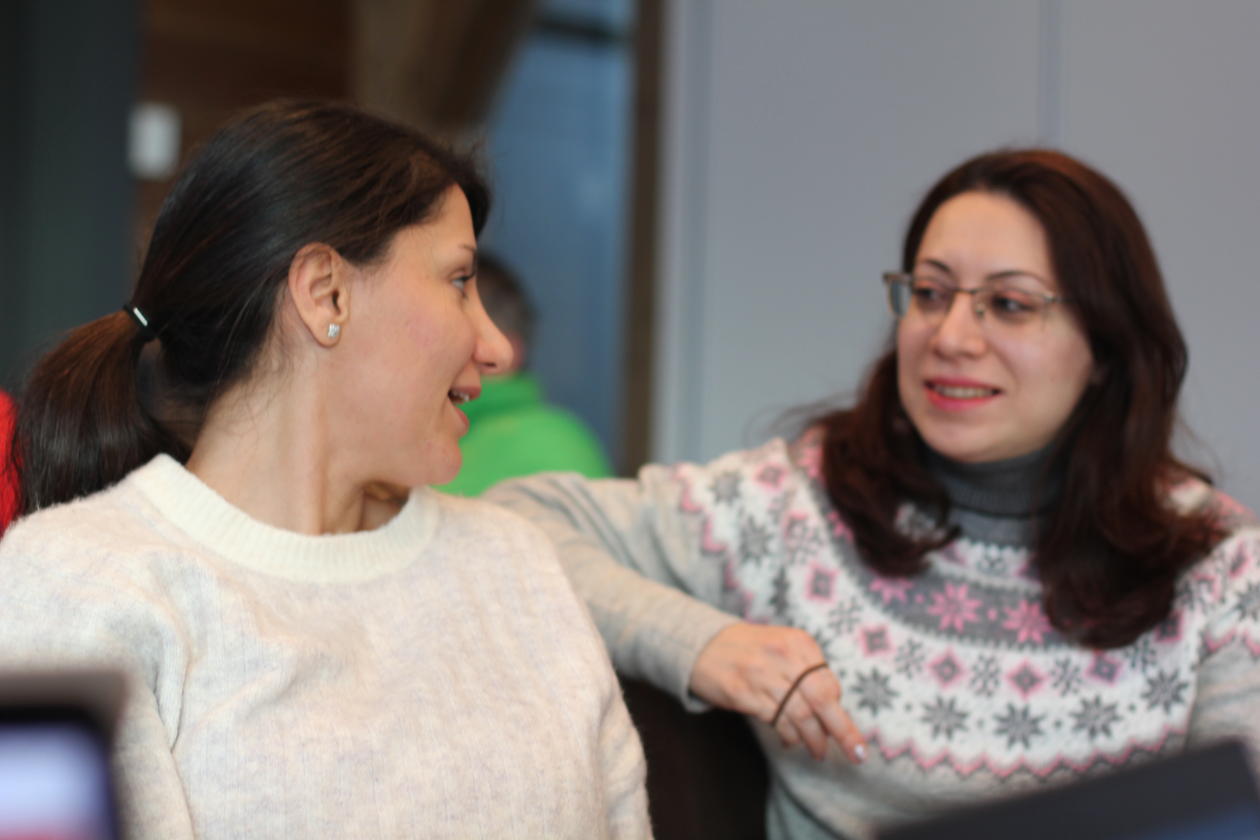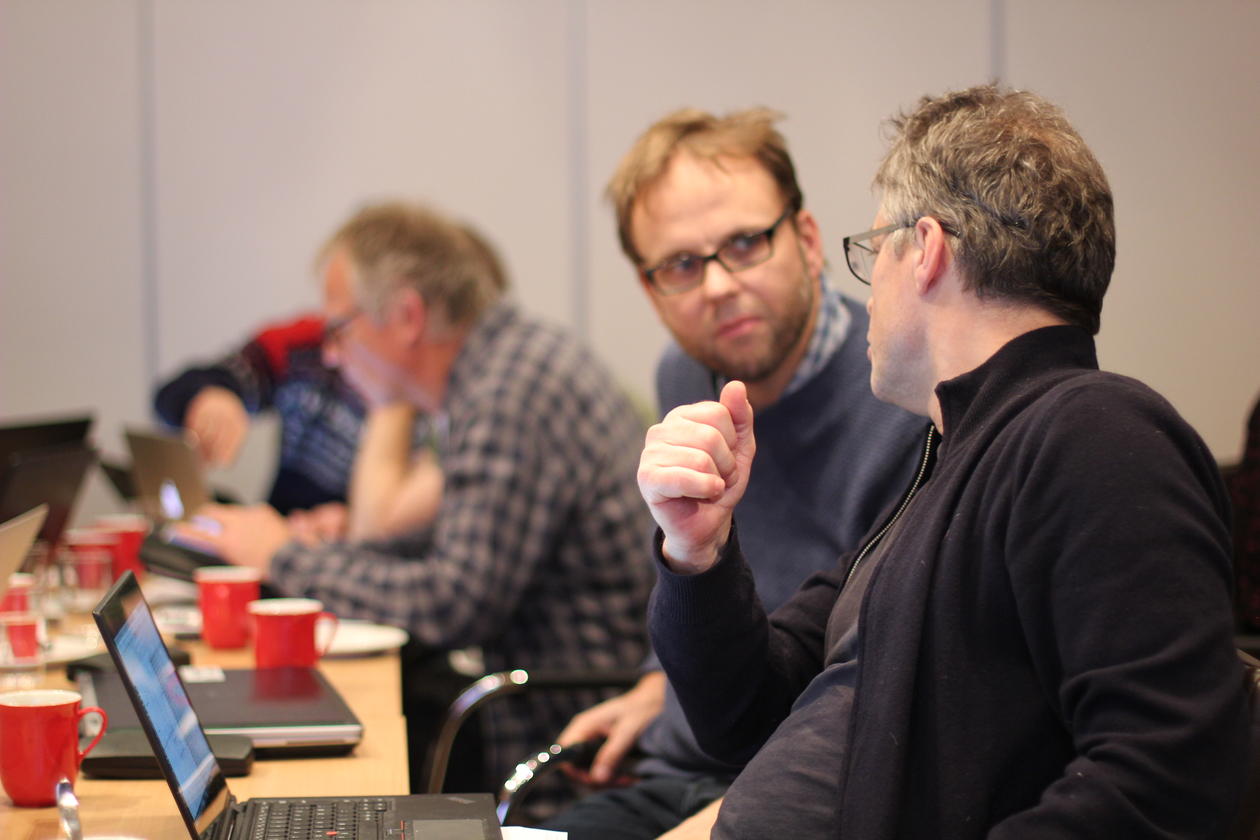Lost in translation – Exposing a biologist to the languages of mathematics

Main content
In the lodge of the medal-winning biathletes Skjelbreid and Poiree´ in western Norway, the dCod project partners gathered last week for the 2nd Winter Workshop. Recently returning from maternity leave, I particularly appreciated the calm environment, warm(!) coffee, and grown-up conversations. However, being part of a project that incorporates expertise from separate fields across, and within, traditional department boundaries, I have to admit that, despite my sincere efforts, parts of the grown-up explanations of the ongoing research went over my head.
Without hesitation, I often catch myself using professional terms, such as “upstream promoter response element”, “ligand-activated transcription factor” and “quantitative real-time polymerase chain reaction”, when trying to explain what I am working on. Not to mention all the gene and method abbreviations, like AhR, PXR, CYPs, qPCR, and LC-MS/MS, that float effortlessly into the descriptions. To me, these names are familiar, and linked to other terms and concepts in the mental map I have built during my years in the field of environmental toxicology. Like the recent article presenting how many people visualize the year, my mental map has added colours and symbols to these somewhat abstract terms, in order to puzzle them together. In contrast, when hearing mathematicians use terms such as “Euclidean space” and “Bayesian flux-balance analysis”, my mind goes empty. You can probably see the blank space in my eyes.
When gathering people from environmental toxicology, biology, bioinformatics, and mathematics departments in a joint scientific effort, this kind of linguistic barriers are an important issue to recognise and address. Although we might practise using “simple” or more common terms when describing our research to friends and family, these are harder to implement when we want to explain our methods and results more in-depth to peers. Partly because we get excited about our area of interest, but perhaps also because we are afraid of over-simplifying or loosing valuable information. However, what use would my very interesting explanation about a “missing transcription factor” be, if I lost half of my audience at “transcription”?
In order to solve this, we need to be repeatedly exposed to each other’s explanation, to make an effort in understanding the core issues, and to create an ‘us’ instead of ‘we’ and ‘them’. In the dCod project, we have taken steps to facilitate this symbiosis: We have biweekly project meetings, also available to join by Skype for the partners outside Bergen, where we talk about our latest findings and problems. Furthermore, in this year’s workshop, project partners presented their work in PechaKutcha style, forcing them to focus their points in 20 slides shown 20 seconds each. In the workshop last year, groups were formed across departments, which then presented a topic outside their own field to the whole group. And lastly, we have played a lot together: Crossing ‘hot lava’ on logs, putting together puzzles, jumping through tubes, throwing axes, and participating in a biathlon reel. All activities that might go outside people’s comfort zone, but that provide fresh air, kindle the team (and competitive) feelings, and give joint experiences and memories.
Every time we get together, my mental map adapts to unfamiliar terms by adding new symbols or refining the connections to a formerly vague understanding. I very much look forward to our next exposure session.

